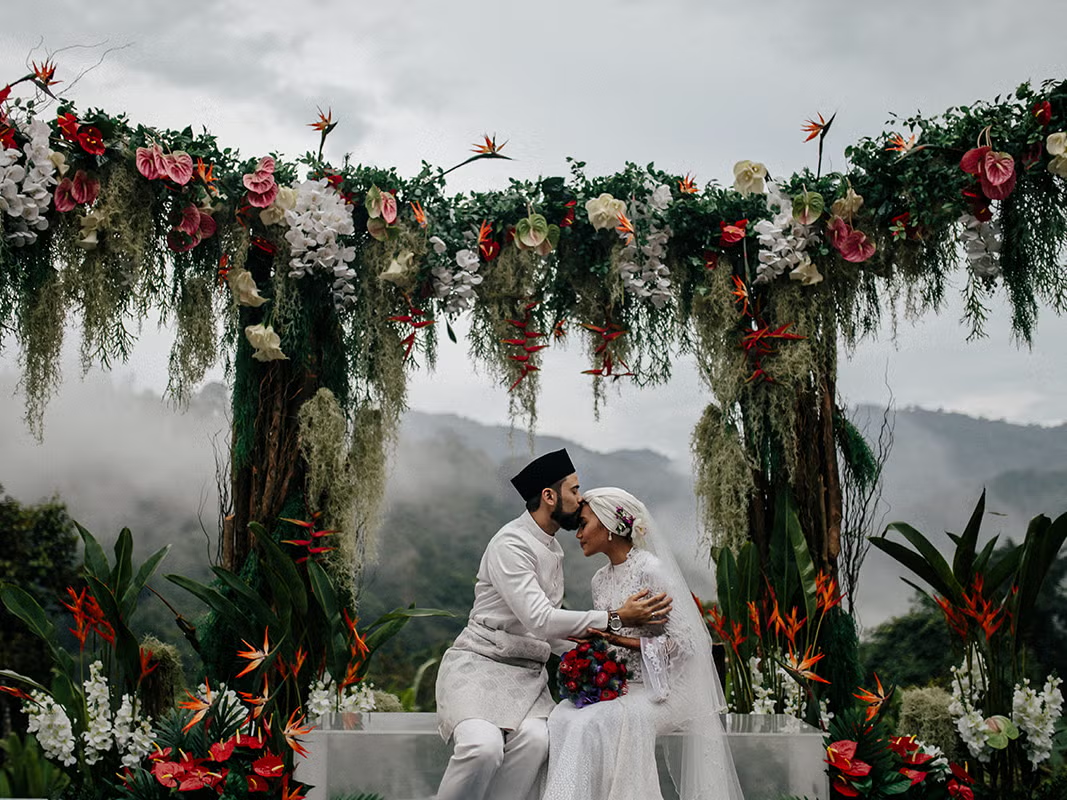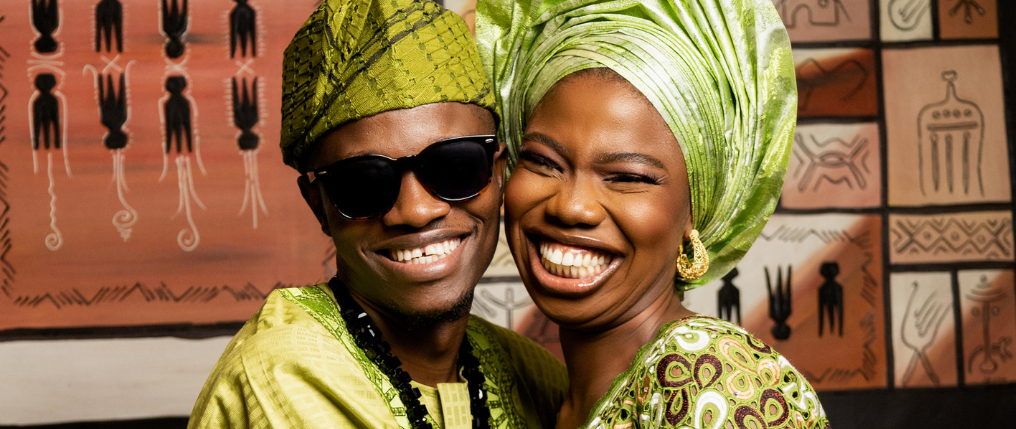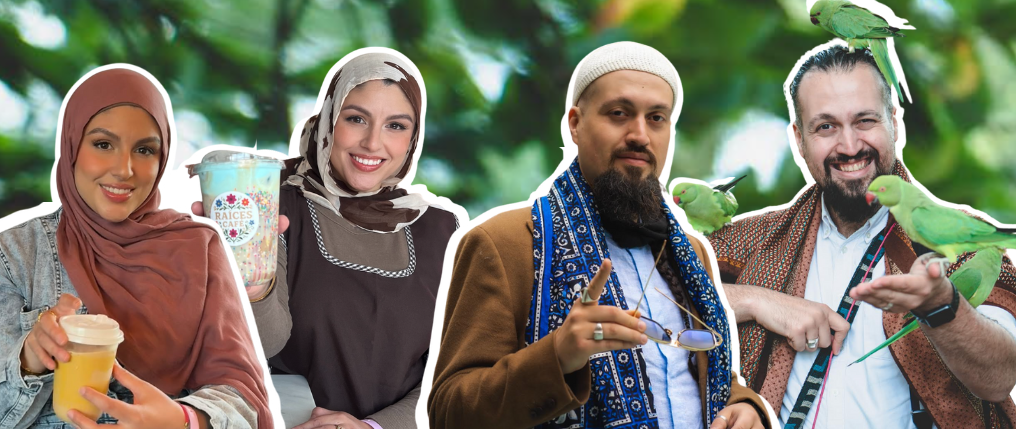
Honouring Muslim Communities in East & Southeast Asia: ESEA Heritage Month
September 5, 2025

Every September, East & South East Asian (ESEA) Heritage Month shines a spotlight on the rich cultures, traditions, and stories of communities that too often go overlooked. For Muslims, it’s also a reminder that Islam is not limited to the Middle East or South Asia. In fact, it has been deeply rooted in East and South East Asia for over a thousand years.
From the Hui Muslims of China, to the vibrant Muslim-majority nations of Indonesia and Malaysia, and minority communities in the Philippines, Thailand, Japan, and Korea. Islam has quietly shaped love, family, and marriage across the region. Muslim identity in the ESEA is layered, diverse, and built on centuries of intercultural connection.


Looking for your soulmate?
You won’t find your soulmate on this blog post but you might find them on Muzz - the world’s biggest Muslim dating and marriage app.
China: The Silk Road Origin
Islam first arrived in China when Arab and Persian traders traveled along the Silk Road. Many of them settled and married into local Chinese communities, raising families that blended Chinese heritage with Islamic faith. Their descendants became known as the Hui Muslims, one of the largest Muslim groups in China today. Hui Muslim marriages beautifully reflect this dual identity.
For the Hui, love and family are places where cultures meet. Their traditions show how Islam adapted, reminding us that Muslim love stories can flourish anywhere.
Indonesia, Malaysia and Singapore: Where Faith Meets Tradition
If China’s Hui Muslims represent Islam’s early presence in East Asia, Indonesia, Malaysia and Singapore highlight how Islam blossomed into majority faiths that still honour cultural diversity. In Indonesia, the world’s largest Muslim-majority nation, is a tapestry of traditions. A Javanese wedding might feature the akad nikah (Islamic vows) alongside the siraman ritual, a pre-Islamic cleansing ceremony symbolising purity and blessings.
In Malaysia, Islamic rites like Quran recitation are woven together with the bersanding ceremony, where the couple sits on a beautifully decorated platform. Singapore, though a minority-Muslim nation, has long been a cultural bridge between Malay, Indian, and Chinese communities. Malay-Muslim weddings are vibrant affairs, often hosted in community halls. They combine the sacred akad nikah with lively cultural traditions that reflect the city-state’s diverse identity.
These customs show how Southeast Asian Muslims embraced Islam without abandoning their heritage. Instead, marriage became the space where both faith and culture were celebrated equally.
Philippines and Thailand: Pride in Minority Muslim Communities
In countries where Muslims are minorities, love and marriage take on a powerful dimension of cultural pride. In the Philippines, weddings often involve elaborate family introductions and community celebrations, reflecting both Islamic values of respect and the Filipino emphasis on family. In Southern Thailand, Muslim weddings weave Malay-Islamic customs with Thai aesthetics, resulting in ceremonies that are distinctly local yet fully Islamic.
For these communities, marriage is more than personal. it’s a way of affirming identity in spaces where being Muslim is not the majority experience.
Japan and Korea: Small in Numbers, Strong in Faith
While Muslims in Japan and Korea are small in number, their presence is growing, particularly through reverts who discover Islam later in life. In Japan, Islam first arrived through trade and migration, but today most Muslims are part of the diaspora or are Japanese reverts. Marriages often highlight this intercultural blending, and for many Japanese reverts, marriage becomes both a spiritual commitment and a bridge between two worlds. In South Korea, the Muslim population is also small but increasing. Many Koreans encounter Islam through travel, study abroad, or marriage to Muslim spouses. Nikah ceremonies often emphasise simplicity, while receptions reflect Korean traditions of honouring elders and community.
For Japanese and Korean Muslims, every marriage is a testament to resilience, showing that love and faith can thrive even in places where Islam is little understood.
Why ESEA Heritage Month Matters for Muslims
For many Muslims in the ESEA diaspora, love and marriage today remain a balancing act: how do you honour cultural heritage while practising Islamic values? Weddings often become the stage where this balance is celebrated. These modern love stories are proof that Muslim identity thrive when cultures connect.
Islam’s story in East & South East Asia is about the spirit of connection and keeping faith alive while sticking to roots. This ESEA Heritage Month, honouring Muslim communities means celebrating love stories that emerged within these regions, and carried throughout generations.

